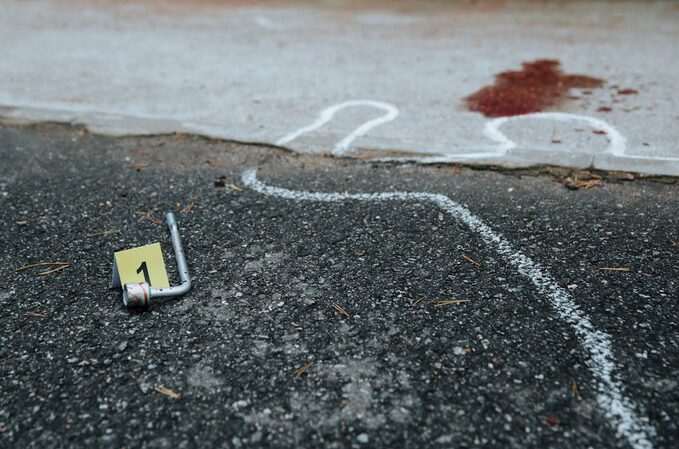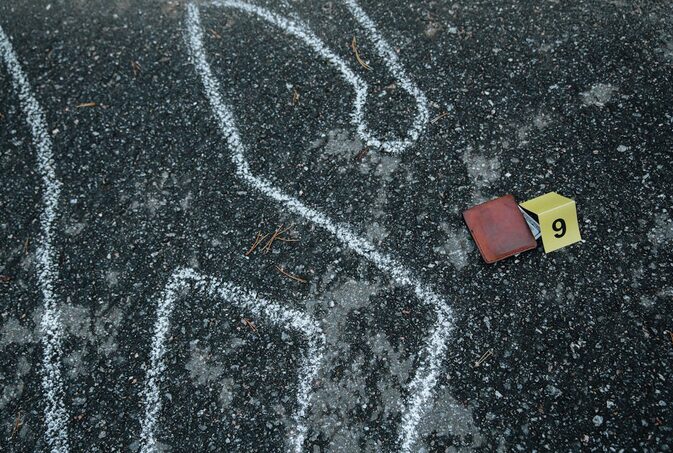Suicide scenes present serious health risks for those exposed to them, particularly due to the presence of biohazardous materials. For that particular reason, the after suicide cleanup job is meant only for professionals. These hazards include bodily fluids and other potentially infectious materials, which can carry diseases that pose severe risks to human health. This article explores why suicide scenes are classified as physical health hazards and explains the crucial role of professional cleanup services in managing these dangers.
Presence of Biohazardous Materials
Suicide scenes often contain bodily fluids, such as blood and other organic matter, which are classified as biohazardous due to their potential to carry pathogens. Bloodborne pathogens, including hepatitis B, hepatitis C, and HIV, can survive outside the body for extended periods, increasing the risk of infection. These pathogens are transmissible through direct contact, making improper handling of contaminated surfaces and materials particularly dangerous. Health officials emphasize that any location where bodily fluids are present should be treated as a potential biohazard area, requiring specialized cleaning techniques and safety precautions to protect anyone entering the area.
Risk of Infection From Bloodborne Pathogens

Bloodborne pathogens can lead to severe infections if they come into contact with skin breaks, mucous membranes or through inhalation of certain particles. The risk of infection is significant for individuals exposed to these pathogens without proper protection. This risk is exacerbated because most people are unaware of the survival characteristics of viruses and bacteria in dried blood and other fluids. Professionals trained in biohazard handling have the equipment and protocols needed to neutralize these pathogens, significantly reducing the risk of infection.
Cross-Contamination and Airborne Hazards
Beyond direct contact risks, suicide scenes can also pose dangers through airborne particles. If disturbed, blood and bodily fluids can form aerosols, which may spread pathogens through the air. This risk is particularly high if someone attempts to clean the area without professional-grade equipment or in an enclosed space with inadequate ventilation. The inhalation of contaminated particles poses a direct risk to respiratory health and can lead to infections that may not immediately show symptoms, making it even more dangerous.
Cross-contamination is another concern, as biohazardous materials can be inadvertently spread to other areas through shoes, cleaning tools, or clothing. This can further increase the risk of exposure for others who come into contact with these materials. Proper containment and disposal protocols are essential to prevent cross-contamination, which only trained biohazard cleanup professionals can safely ensure.

Legal and Environmental Health Concerns
Most jurisdictions have strict regulations regarding the handling and disposal of biohazardous waste. Improper disposal not only poses a health risk but also carries legal repercussions. This includes environmental health risks, as improperly disposed biohazardous materials can contaminate water sources, soil, or other areas, causing potential harm to the ecosystem and public health. Certified biohazard cleanup professionals are trained to comply with these legal requirements, ensuring all contaminated materials are handled, transported, and disposed of by local, state, and federal regulations. By following these procedures, professionals help protect individuals directly involved and the wider community from environmental health risks.
Suicide scenes are considered physical health hazards due to the presence of biohazardous materials that carry significant infection risks. Bloodborne pathogens, airborne hazards, and cross-contamination are serious health concerns that require specialized handling. Professional cleanup services are crucial in addressing these risks, following strict safety and legal guidelines to eliminate health hazards and restore the area to a safe state. By relying on these experts, families and communities can avoid exposure to dangerous pathogens and focus on supporting each other through a challenging time.

